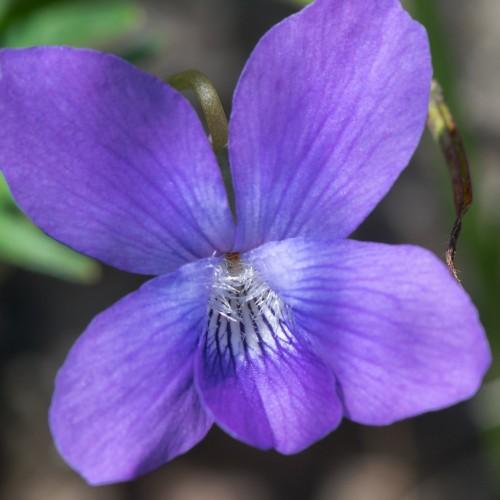
larkspur violet
Viola pedatifida
Cycle:
Herbaceous Perennial
Watering:
Average
Hardiness Zone:
3 - 8
Flowers:
Flowers
Sun:
Full sun,part shade
Leaf:
Yes
Growth Rate:
Low
Maintenance:
Low
Poisonous To Humans:
Yes
Poisonous To Pets:
Yes
Drought Tolerant:
Yes
Salt Tolerant:
Yes
Invasive:
Yes
watering
Larkspur violet (Viola pedatifida) should be watered at least once per week, with more water when temperatures are high or soil is dry, and less water when temperatures are cooler and the soil is wet. Watering should be done in the morning or near midday to minimize the risk of diseases from staying wet overnight. Larkspur violet prefers a moist soil that does not dry out entirely and does not stay soggy or overly wet. If you are unsure if the soil needs water, check an inch or 2 of soil. If the soil feels bone dry, it is time to water the plant. If there is still some moisture present, wait to water until the soil has dried out. Be careful not to over-water your larkspur violet. Too much water can lead to root rot.
sunlight
Larkspur violets (Viola pedatifida) require full sun or bright, indirect light for a minimum of 4 hours per day in order to thrive. When placing the plant in a sunny spot, it is best to ensure that it is not in direct sunlight between certain hours, generally 10am and 4pm, when the sun is at its highest and strongest. This species is also well-suited to growing in partial shade, and it should receive protection from full direct sun, particularly during the heat of the day.
pruning
Larkspur Violet (Viola pedatifida) should be pruned when it has mostly finished blooming. This usually occurs in the middle of summer. When pruning, small amounts can be taken off the top to maintain a neat, tidy shape. Remove any dead or diseased foliage, as well as any shoots that are growing too far from the main vine, and lightly thin out the stems. This will promote fuller blooms and better air circulation. Pruning too much or too often can adversely affect flower production.
